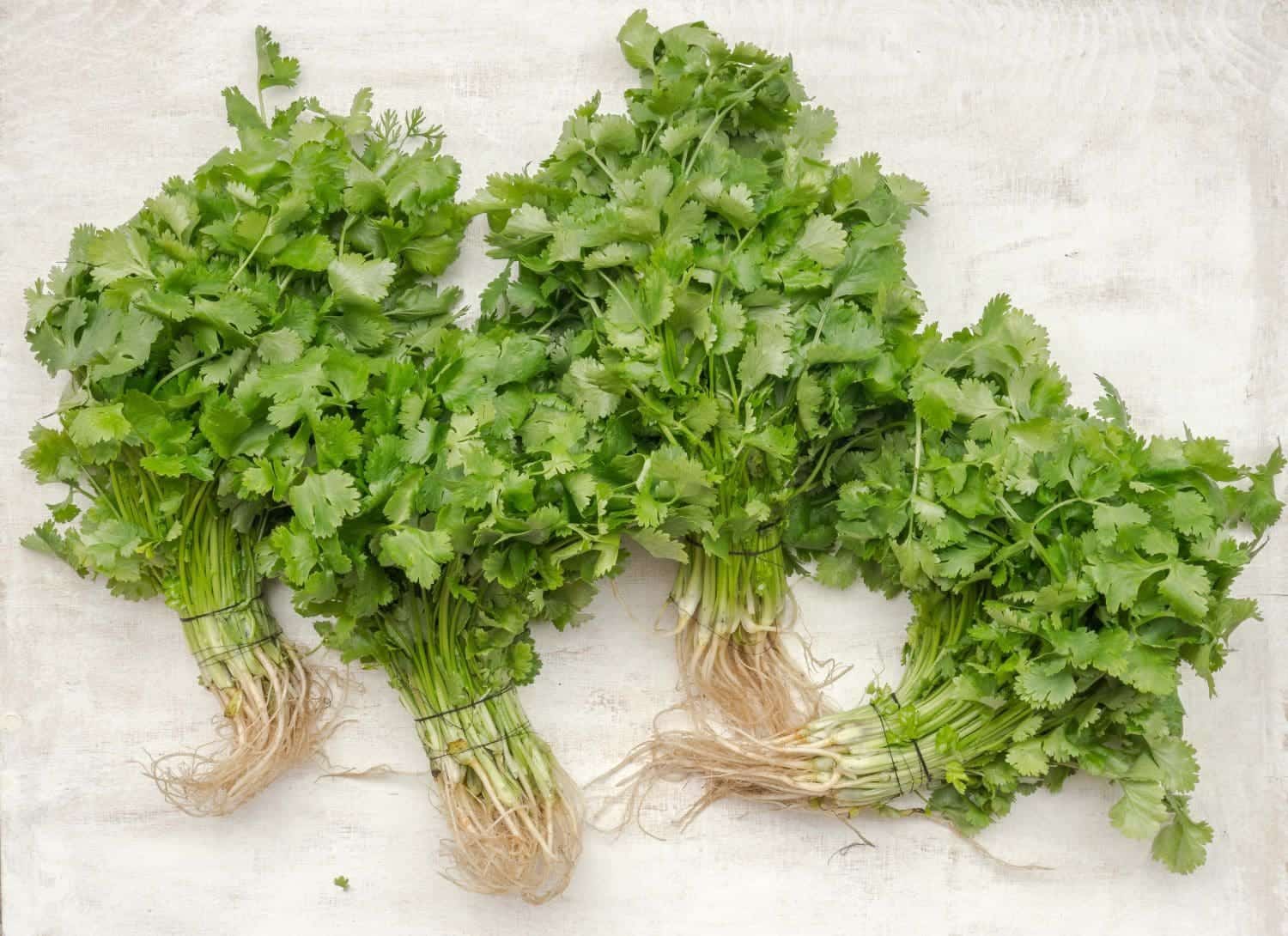
Cilantro Plant
Cilantro or Coriander are key herbs to beautify the taste of any dish. It can also be used for adornment. Here, we can come up with a hundred and one recommendations on how to care for Cilantro.
Fresh Cilantro has flavours and can offer health blessings and save you many health troubles. Coriander may be grown in your living room or vegetable lawn as it is simple and easy to grow.
There are many steps to absorb caring for Cilantro. Some of them are defined below.
Our instant tip is to plant Cilantro throughout cool summertime days. Or you can grow it within the fall.
Hence, look for a decent climate to plant your Cilantro. You will need an area where the plant receives proper sunlight.
You should provide afternoon shade to the plant if you live in warmer surroundings. The best time to plant is during fall because the plants will last until the weather rises in late spring.
The soil should be well-drained and rich in minerals. Moist soil is the best type of choice for growing a cilantro plant.
Ensure that the soil you use can retain moisture and drain the excess. The right amount of moisture is the primary factor for planting Cilantro.
You may add some aged composites, biodegradable soil mixes, and organic matter, which will increase the fertilization of the soil.
The ideal pH of the soil could be between 6.2 to 6.8.
Selecting the right field also plays a crucial function in caring for a cilantro plant. The right container will assist with drainage functions. This is one of the most vital factors for growing a healthful plant.
The field or pot should be at least 18 inches wide and 8 to 10 inches deep. Cilantro or coriander now want to stay put. So, deciding on a container wherein they could grow completely is the key.
This will prevent the hassle of converting the boxes later.
The most effective shape to sow coriander seedlings at home is through the sprouting method. The sprouting approach can be the most commonplace and beneficial way.
You can pre-soak the seeds in a shallow cup or deep empty container in a single day. Later, place those seeds in an air-tight packet or cotton fabric. Make positive to p.C. It nicely and seal it.
Place the packet in a place where it can receive sunlight. You can transfer it from the packet to the soil when you see tiny white sprouts.
These sprouts will slowly expand in size and will produce buds.
Cilantro needs a proper amount of sunlight to grow. Hence, keeping it where it can get sufficient sunlight will provide good results. South-facing windows offer a good amount of sun.
The humidity also plays a major role in planting and growing cilantro plants. Make sure to keep that in mind, too, while developing a plant.
So, we have now mentioned all the major steps of planting Cilantro securely. Now, we would like to attain your focus on other things regarding the plantation.
You might not know this thing, but coriander has a nature of brisking, which means turning directly into a flower instead of developing leaves. This might happen due to excess heat, a heavy amount of watering plants, or transplantation.
Meanwhile, there are tips to avoid these problems during the leaf production.
The roots of the coriander might suffer from root rotting. This can occur due to excessive watering of the plant, which makes the roots of the plants too wet. The plant may need well-drained soil with mixed sands. This is because sands are imperative for improving the drainage of the plant.
Corianders do have problems with whitefly and aphids, powdery mildew or wilt. Bacterial leaf spot, carrot motley dwarf, armyworm, cutworm and nematodes can also affect the crop.
Meanwhile, fertilizers can help save crops from small insects or pests. We recommend using organic fertilizers during the plant’s growing phase.
These will keep the plants away from general pests and slugs and help properly grow the plants.
Coriander herbs are the most flavorful and health-beneficial if added to daily meals. These leaves are known as Cilantro and are commonly used to add flavour to various cuisines.
They are also used for garnishing purposes. It goes well with mints, cumin, ginger, garlic, chillies, chives and cloves.
These seeds can be stored in air-tight containers and packets for a long time.
Corianders are native to Mediterranean and Middle Eastern regions, specifically for sausages, soups and Scandinavian pastries. They are also widely used in Indian, Mexican, Latin American and Chinese dishes.
So, these were the ways to take care of a cilantro plant.
Also, remember that providing too much sunlight could damage the plant. So, you can put plants in the shade during the peak of the afternoons to avoid damage to the plants.
Why is Gold Valued? Gold plays an important role in our life. It is a…
Imagine waking to the sounds of the sea gently brushing the shore, the smell of…
Vacations are a precious opportunity to step away from daily routines, unwind, and recharge. But…
For many, James Bond is the holy grail of masculinity, and the numberless attempts to…
If you run a business, you may think that you need to diversify to ensure…
The streets of London have their map, but our passions are uncharted. What are you…
This website uses cookies.